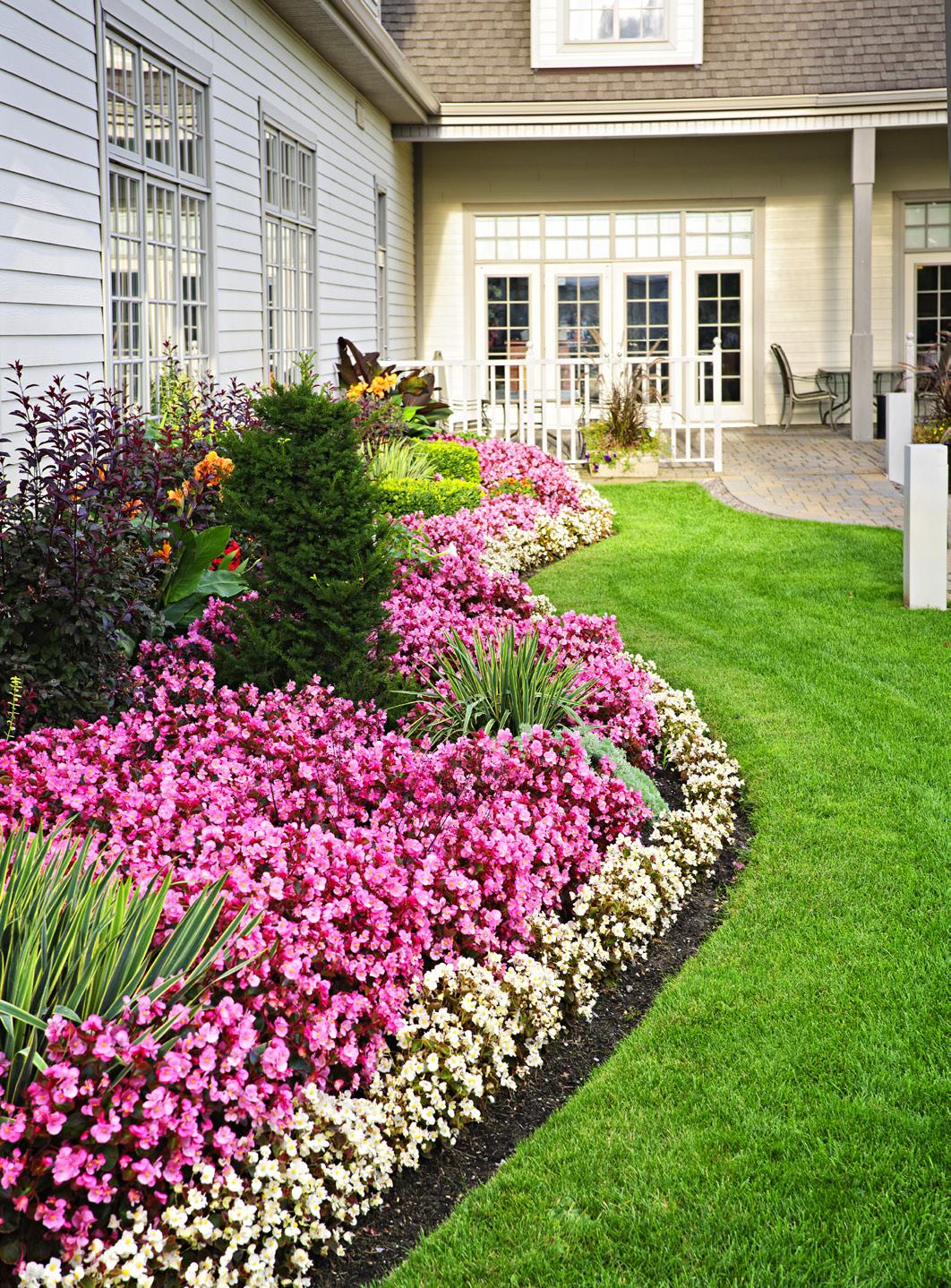
3 minute read
THE UNITED STATES OF Gardening
from Landscaping 101
Southwest
The best part about designing landscapes in the Southwest region is that you have options to play with flowers, texture, and form. But gardening in an arid climate also comes with its challenges. Consider low-maintenance perennials such as prickly pear, primrose, or agave to create a beautiful, easy-tomaintain landscape. For a little bit of fragrance, hummingbird mint or Cleveland sage offer an unmistakable smell while being able to thrive in mid- to highdesert environments.
Advertisement
In a Southwest climate, sometimes it’s best to skip a water-hogging lawn and opt for a bed of chat instead. Consider drought-tolerant plant varieties that can go long stretches without water, such as gray desert spoon or creosote bush.
Northeast
Gardening in the Northeast is dependent on the season; you’ll get bright bursts of color from May through October, then a short hibernation as the temperatures drop.

Certain plants adapt and thrive in this zone such as astilbe, miscanthus, and trillium. Take advantage of August for gardening chores as longer days offer ample time to pick fresh flowers and sun-ripened produce. Psst, if you’d like to add pink peonies to your garden, order roots in August and plant them in September (they should be in the ground a month before the average first frost!).

Seasonal lawn care in the Northeast is all about preparation. Set your lawn up for year-long success by tackling the basics of fertilizing, mowing, and watering from March to June.

South
The top native plants for Southern gardens are those that can withstand hot and humid conditions, such as bold hibiscus, bright Indian pink, and charming false indigo. Leaning toward low-maintenance? Canna, lilyturf, and ajuga are your best bets. In Southern climates, be weary of insects, rodents, and larger mammals that like to hang out in flourishing gardens. Consider adding deer-resistant plants, such as bear’s breeches, Russian sage (also drought resistant!), and dianthus to your yard. Butterfly weed will also deter larger animals from your garden while attracting a host of butterflies.
As sweltering summer days threaten to wilt even the brightest leaves, the best time of day to water is early in the morning so it can soak into the soil without quickly evaporating. In the northern reaches of the South, plant vegetable crops during August.
Southern California
Southern California’s dry and often hot and sunny weather calls for low-maintenance outdoor plants that can withstand tough conditions. If you’ve had trouble finding varieties that look great but don’t require a ton of care, try perennials such as Lily of the Nile, sea lavender, or California fuchsia. Plant a few African irises are also easy-to-maintain plants that are perfect for stretching down your walkway.
Mountain West
Stunning, low-maintenance landscaping doesn’t have to be a ton of work in the Mountain West region. With the right outdoor plants, you can enjoy a practically carefree yard that’s filled with color from spring to fall.
For easy maintenance, old-fashioned perennials such as Rocky Mountain columbine, liatris, and fireweed will thrive in yards of this region. Add a little charm to your landscape with oxeye daisy, a fast-spreading plant that blooms in late spring and early summer (it’s also drought tolerant and attracts birds!).
Midwest
Gardening in the Midwest can be tricky thanks to scorching hot summers and frigid cold winters, but with careful planning, a colorful yard is possible. Lawn care, in particular, starts in spring and continues with consistent maintenance into the summer. Fall is the best time of year to fertilize and overseed the grass before an icy winter. Peonies, daylilies, and hardy hibiscus are low-maintenance perennials that will add a burst of color to your new yard. While vegetables, such as tomatoes and peppers, are best harvested in August.

Pacific Northwest
Verdant greens and lots of moisture create stunning garden possibilities in the Pacific Northwest. Embrace dramatic colors and substantial plants by adding lupines, blanket flowers, and lewisia to your yard.
May is the best time of year to plant dill and fennel in vegetable gardens across this region as the blooms attract beneficial insects, which can keep harmful insects in check. May is also the month to tuck cannas, dahlias, gladiolus, and summer-flowering lilies into the soil as it warms.
With your new home ready for move in, it’s time to think about how to personalize the exterior features of your house. Go all out as you sketch a plan for your dream yard! You can always scale back your design to fit your budget. Remember to consider not-so-obvious details such as paving patterns, slopes, steps, and the location of doors as you develop a plan for landscaping; and keep in mind different regions and zones that may affect the lifespan of certain flowers, trees, and plants. Refer to this brochure as a guide as you sketch a visual representation of your thoughts. When in doubt, you can always work with a professional to turn your ideas into a reality.



